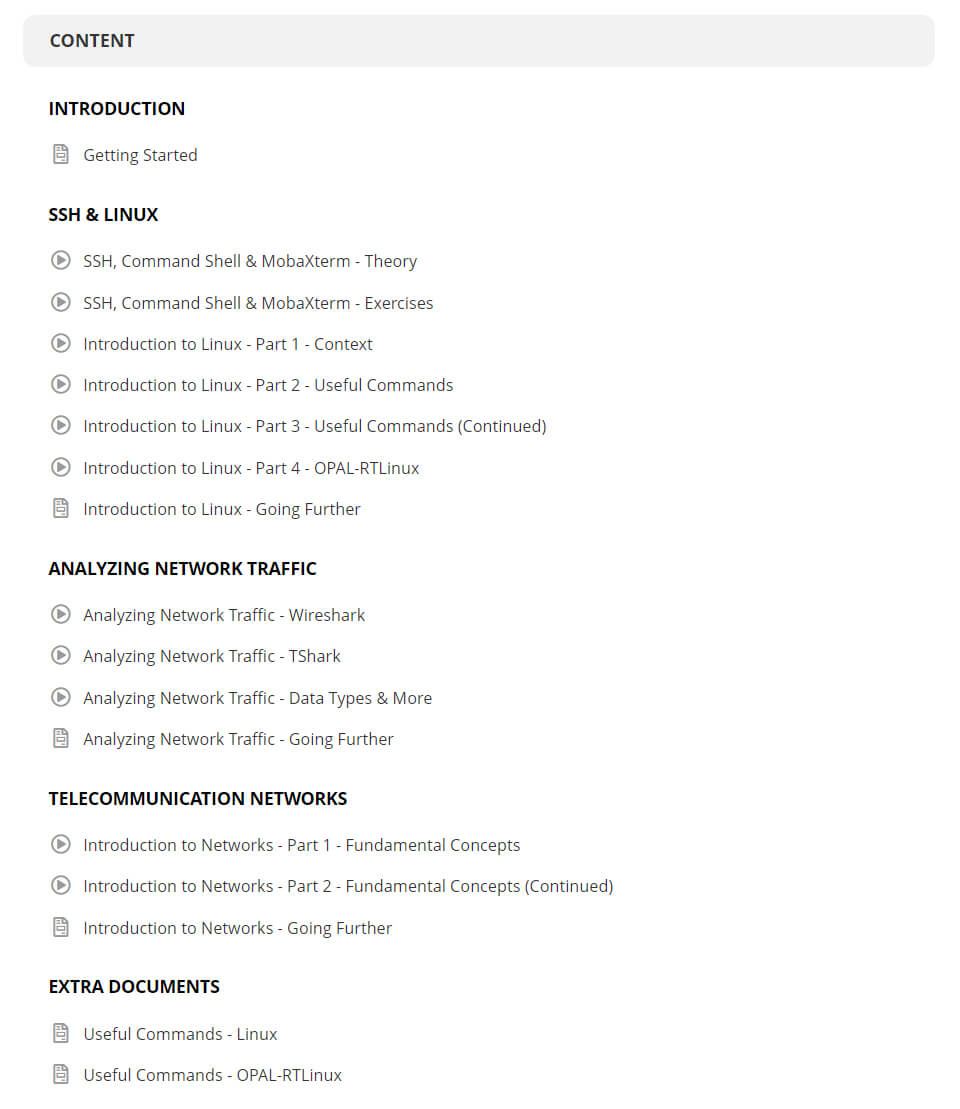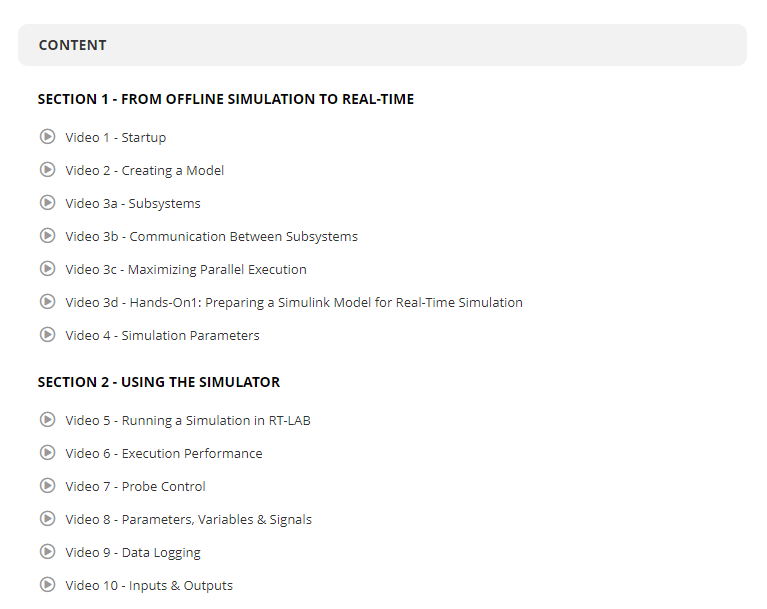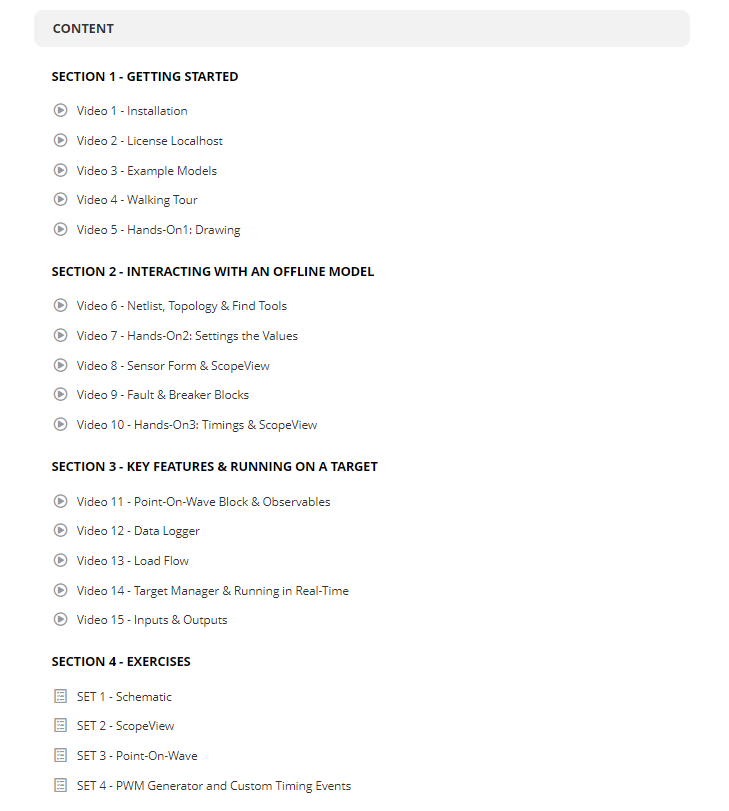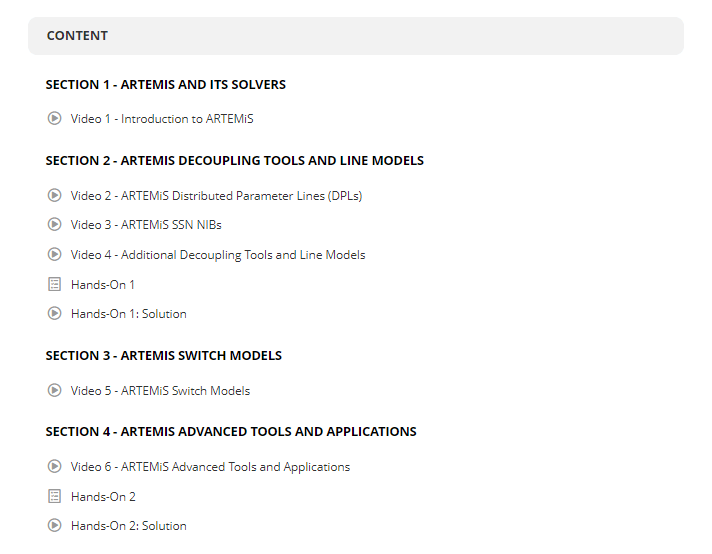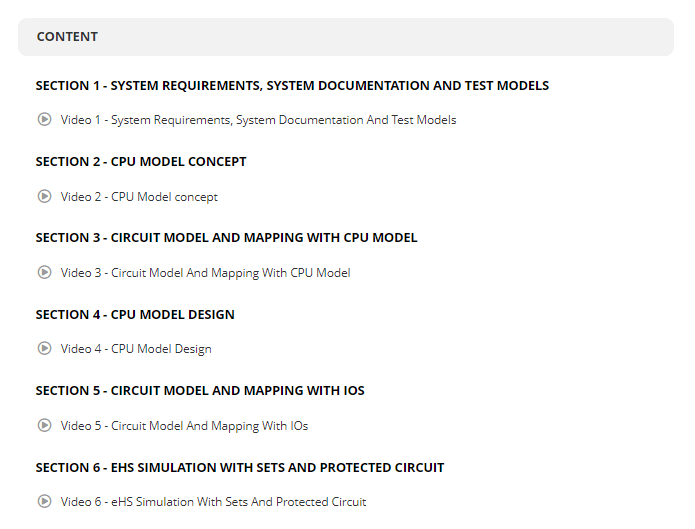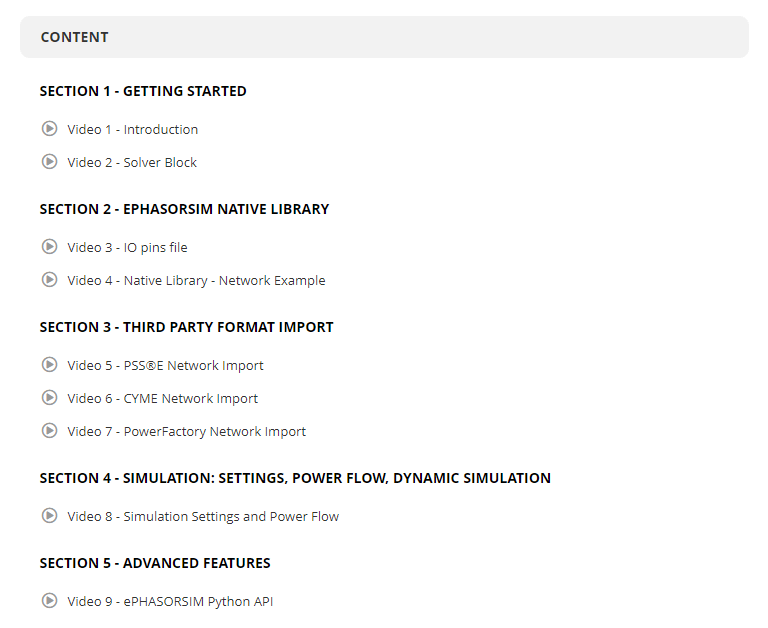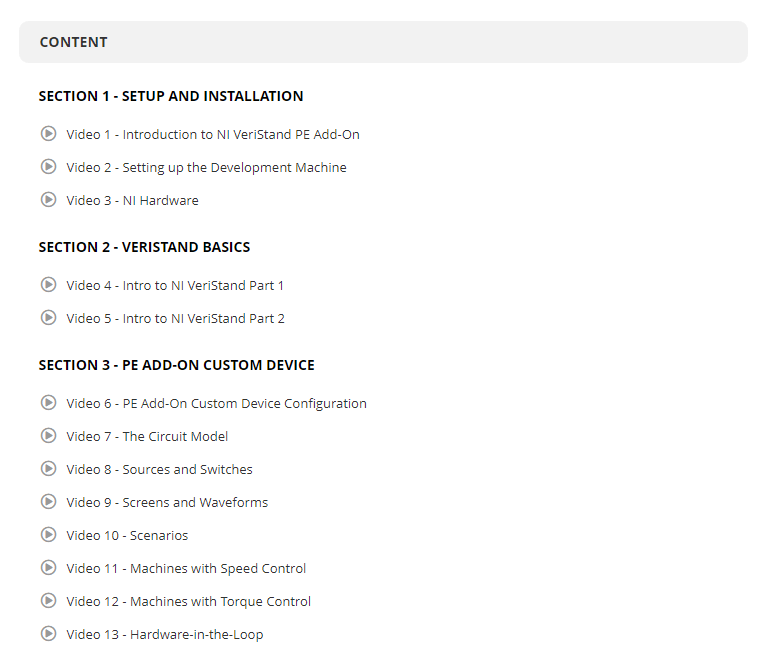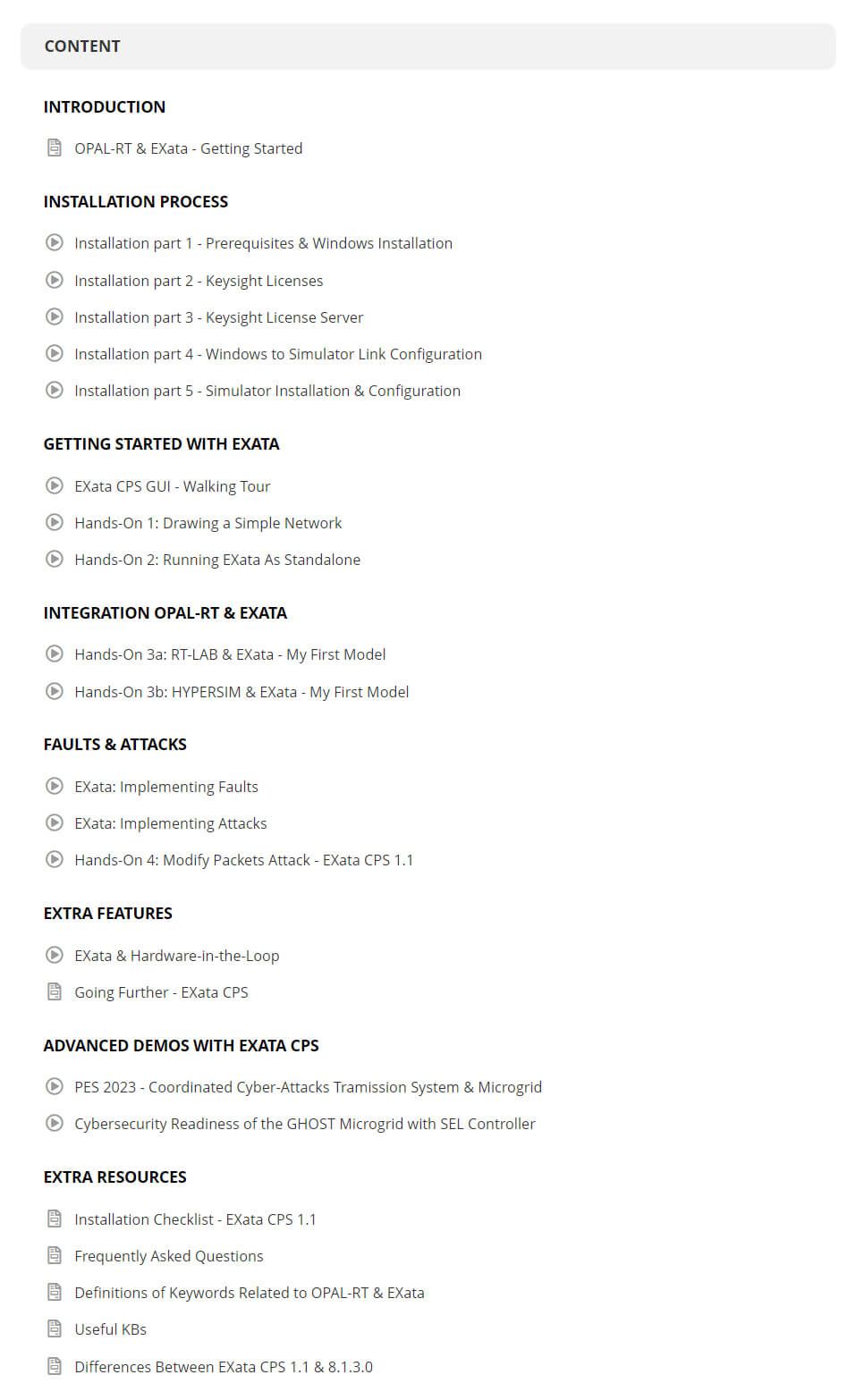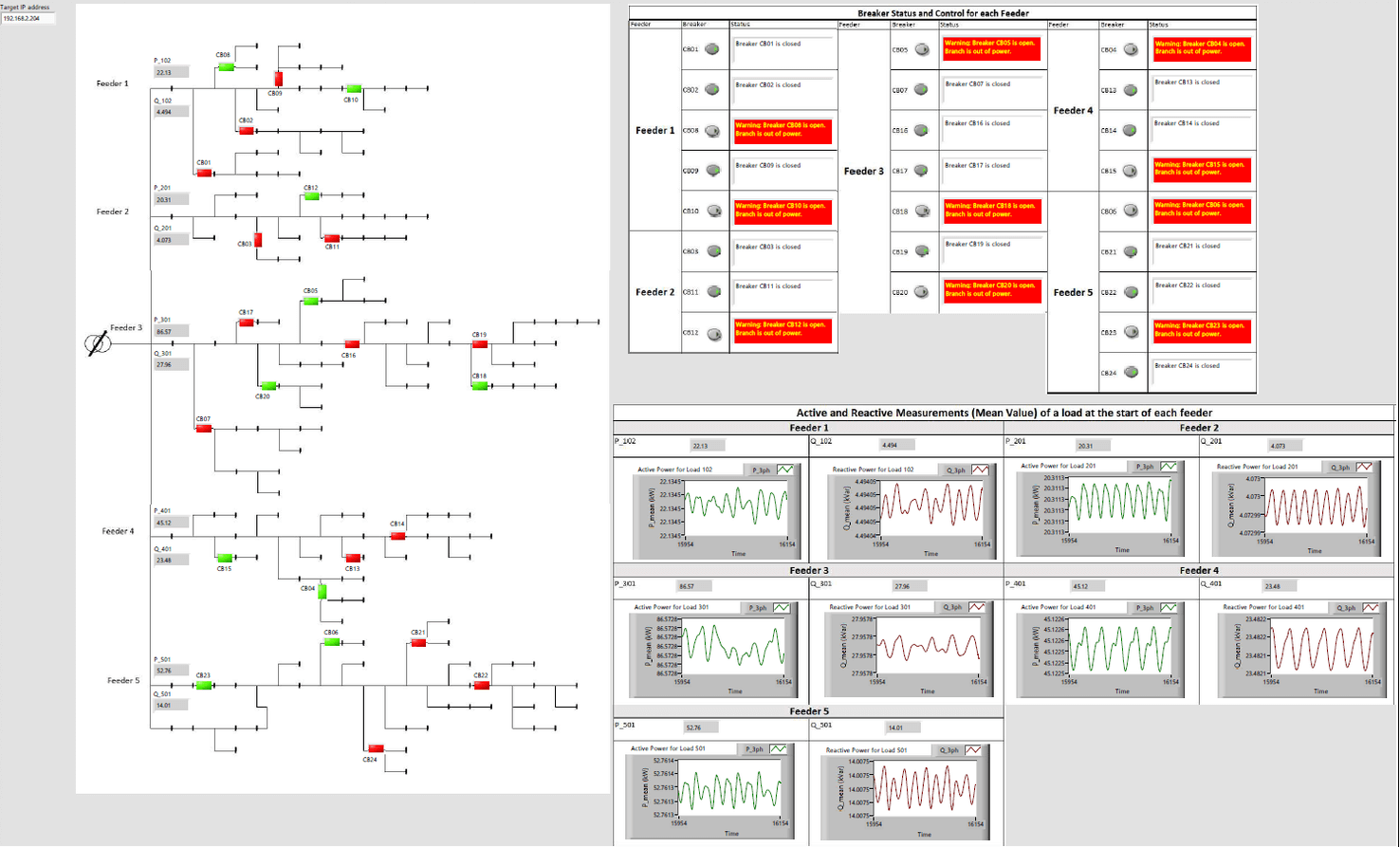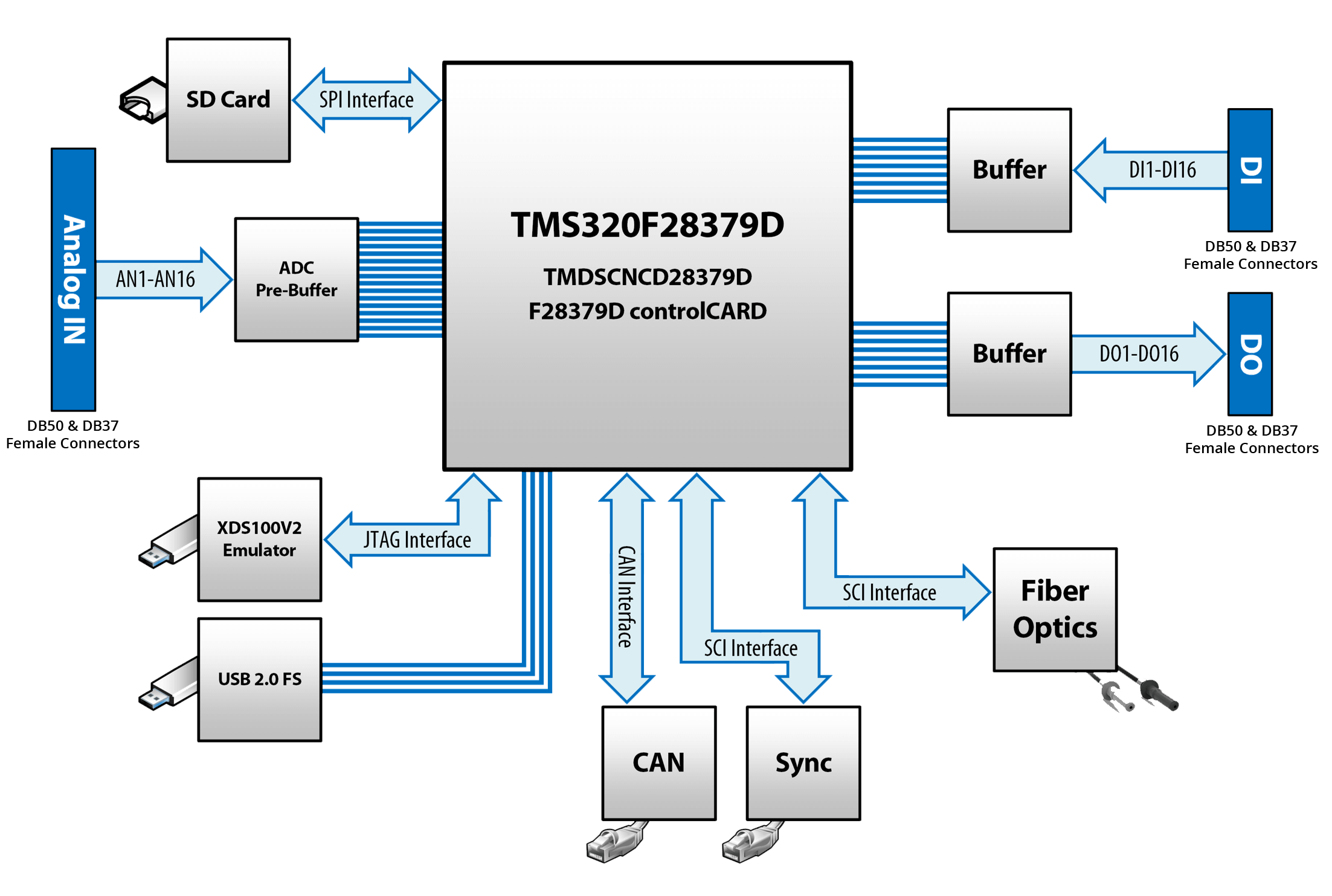Modular Multilevel Cascaded Converters (MMCC) have attracted considerable attention from the power electronic and drive research community since their introduction at the beginning of 2000. Originally, MMCCs were proposed for High-Voltage Direct Current (HVDC) transmission systems. Still, recently, they have been introduced into other fields, e.g., static compensators, wind energy conversion systems, and motor drives.
Among MMCCs, the Modular Multilevel Converter (M2C) is a well-established topology used extensively for HVDC transmission. However, the M2C has some difficulties in achieving good performance in applications where the electrical machine operates at a very low speed.
Therefore, other MMCC topologies, such as the Hexverter, the Modular Multilevel Matrix Converter, the Series-Shunt MMCC have been studied in the last few years. However, novel converters require complex implementations and control strategies that have hindered the number of works where experimental results of these topologies are reported.
In this context, this presentation introduces a joint project lead by the University of Santiago of Chile, in collaboration with OPAL-RT and Conecta Engineering, where a reconfigurable MMCC composed of 120 power modules is implemented using OPAL-RT MMCC modules. Thus, the testbed can perform rapid control prototyping testing and Power Hardware in The Loop analyses of novel topologies such as M3C, Hexverter and other novel topologies.

